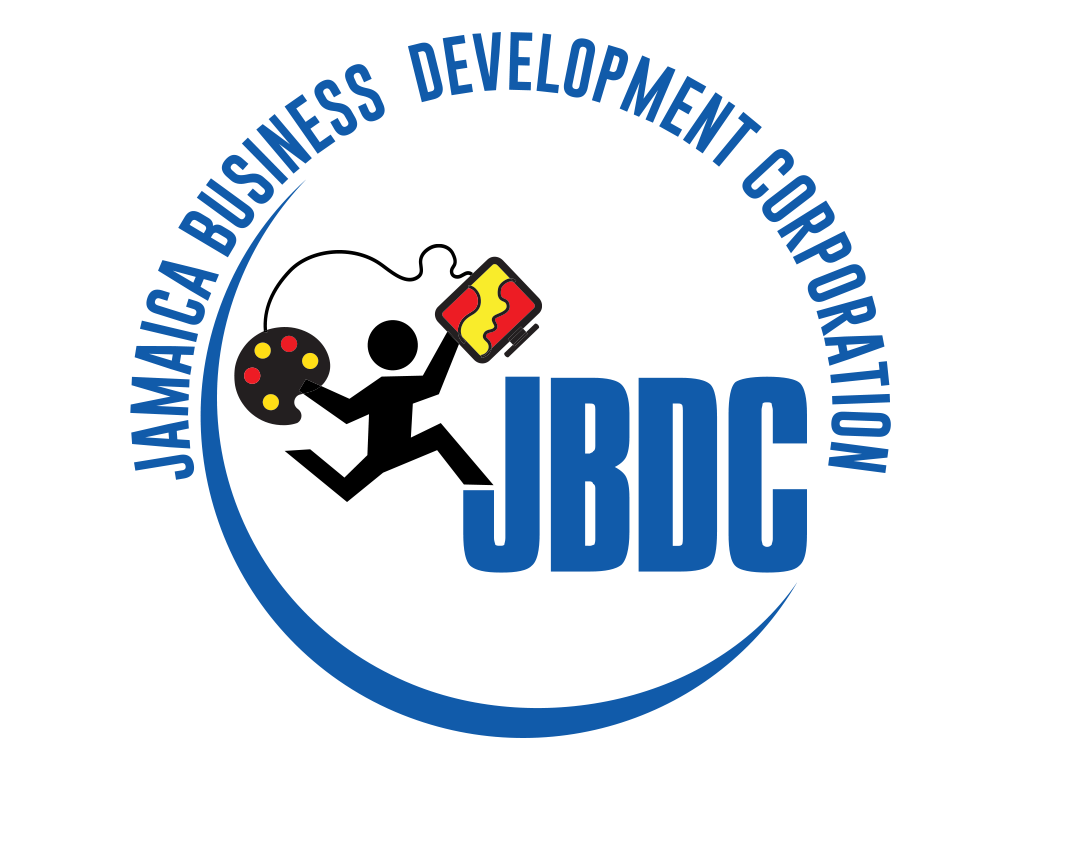Kingston, Jamaica – Micro, Small & Medium-sized Enterprises (MSMEs) that are aiming to grow e-commerce businesses in Jamaica, are being urged to employ effective shipping strategies to satisfy new market demand. Speaking at the Jamaica Business Development Corporation’s (JBDC’s) Virtual Biz Zone Webinar recently, Haron Spencer, JBDC’s Inventory Officer, outlined a range of strategic shipping strategies to boost entrepreneurs’ earnings.
Mr. Spencer says, “A shipping strategy is a well-defined plan or approach that a business uses to manage and optimise the transportation and delivery of goods or products to customers or other destinations…the benefits of it is great especially for persons in e-commerce”.
E-commerce is the online buying and selling via the internet. It covers activities like online shopping, digital payments, and digital market places. “E-commerce has transformed business operations and consumer habits, offering global reach and convenience. This impact extends to entrepreneurs and small businesses, providing opportunities with lower costs compared to physical stores”, he added.
How entrepreneurs maximise on this opportunity, Spencer says, is by being strategic when developing a shipping system for their e-commerce business.
Shipping Strategically
“One of the shipping strategies that many businesses employ is the Free Shipping Threshold. This is where you offer free shipping for orders that meet a certain minimum purchase value. Many of us are familiar with Amazon. You know that if we purchase items over US$25, we get free shipping and automatically customers are encouraged to order to get that free shipping,” Spencer explained.
Business owners are encouraged to explore this option by factoring the cost for shipping to determine a threshold for their business, “For your business, you can look at it. What is the threshold that I can offer to my customers so that they can benefit from free shipping? Of course, you would have to factor in the cost associated with doing that for your business. Do it so that you don’t lose at the end of the day,” he added.
Flat rate shipping is another strategy, “This involves implementing flat rate shipping options based on order weight, size, or region and this is key. Depending on the country that the person lives in for example, if it is a country that is land locked, so it is not close to the coast, for some persons if they decide to ship by sea it is going to cost them more than shipping via air.”
Spencer continued, “When you are able to offer this flat rate shipping so that a person who is ordering, no matter what the item is, once it meets that minimum weight or size requirement, and you are able to say this is what the rate is, that is a strategy that can help your business to grow.”
An important strategy Spencer says, is to negotiate shipping rates with carriers, “Regularly negotiate shipping rates with carriers based on shipping volume and performance. Talk to them and say ‘hey I have this business and I will be sending out products weekly’, whatever the case may be, ‘what can you offer me?’”
Offering multiple shipping options is another strategy he says E-commerce businesses can benefit from, “This is where you offer various shipping options such as standard, express, or same-day delivery. When you think about a country like Jamaica, you are living in Kingston, and a person orders from Montego Bay, they, can choose same day delivery.”
Forming good relationships with carriers through negotiation, works hand-in-hand with this strategy, Spencer pointed out.
Third-party fulfillment involves partnering with third-party fulfillment services to handle order processing, packing and shipping. This is another strategy the Inventory Officer identified, “There are many persons who are offering this service. Persons who want to distribute for you as well. All of these things go into third-party fulfillment.”
However, he is urging entrepreneurs to examine the track record of these third-party fulfillment companies before using this strategy, “You wouldn’t want to take on someone for your order fulfillment and they are not delivering. Work with people who are trusted, who are responsible, and persons who are experienced in the business”.
Spencer added that another strategy that is good to apply to e-commerce businesses is product bundling. Product bundling, he says, “Encourages customers to purchase bundled products or value packs that offer free or discounted shipping”.
Offering shipping subsidies to incentivise customers and ease the financial burden of shipping expenses is another effective strategy Spencer pointed out, “If you can’t afford to subsidise, you simply just can’t. But if you can, this will involve paying a portion of the shipping cost to you carrier”.
He encourages e-commerce businesses to offer hassle-free returns with free return shipping or the option for customers to drop off returns at a designated location, as another shipping strategy.
Mr. Spencer points out that these strategies may be combined to increase efficiency of transportation and delivery of goods or products to customers or other destinations.
Entrepreneurs may join the Virtual Biz Zone Webinar every other Tuesday at 10am on the Zoom platform. Visit www.jbdc.net to register. JBDC is an agency of the Ministry of Industry, Investment & Commerce (MIIC).
-END-









